Changes to CDC’s Lyme case definition may result in more undercounting
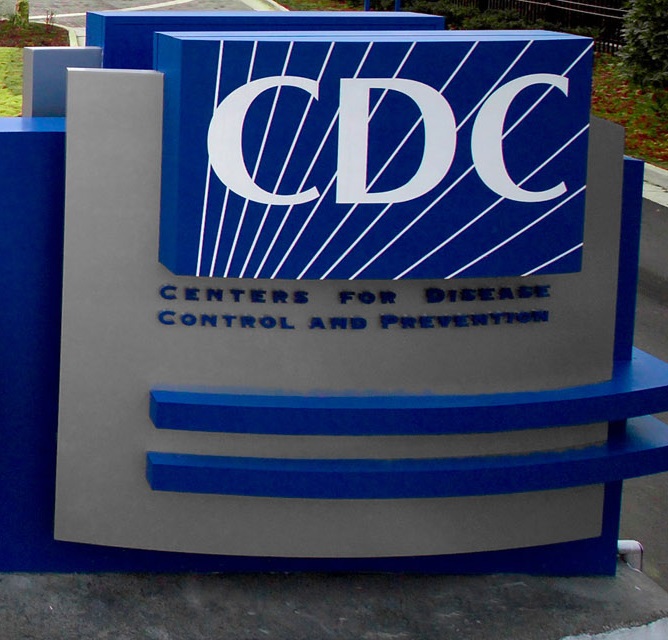
By Kris Newby, Invisible International
In January 2022, the U.S. Council of State and Territorial Epidemiologists (CSTE) published a revision to its 2017 Lyme disease case definition.
This definition will soon be integrated into the physician reporting form that is used by the Centers for Disease Control (CDC) to classify, count, and track Lyme disease cases consistently across the country.
The annual Lyme disease case count is an important metric for allocating government research dollars and staff resources. With about 476,000 new cases a year and growing, the CDC’s previous case definition and reporting requirement were already burdensome for both physicians and local health departments.
(In 2016, Massachusetts modified the CDC reporting criteria because of this. In 2008, New Jersey wrote about the burdens of the surveillance criteria here.) Unfortunately, the 2022 revision and the public health burden of the COVID-19 pandemic may only make this situation worse.)
The two biggest changes to the definition are the inclusion of Borrelia mayonii, a newly discovered Borrelia burgdorferi family member, in the Lyme case count, and the option for physicians to use a cheaper, simpler test in the second part of the two-tiered testing protocol.
Despite a few positive changes in the 2022 revision, the new definition doesn’t fix some of the fundamental flaws of the old definition. This could lead to the undercounting and misdiagnosis of truly ill Lyme patients.
Here is a summary of major changes and possible impacts:
Borrelia mayonii cases will be counted…sort of
Borrelia mayonii is a newly discovered member of the Borrelia burgdorferi sensu lato genospecies that has also been shown to cause Lyme disease. It is primarily found in the upper Midwestern United States.
Like B. burgdorferi, B. mayonii causes fever, headache, rash, and neck pain in the days after infection and can cause arthritis after a few weeks of illness. It can also cause nausea and vomiting; large, widespread rashes; and a higher concentration of bacteria in the blood than B. burgdorferi.
Unfortunately, many of these cases will be overlooked because the traditional Lyme tests only pick up about half the B. mayonii cases, and there are currently no FDA-approved B. mayonii tests on the market. (Mayo clinic, IGeneX, and Medical Diagnostics Lab, among others, offer in-house tests.)
In the two-tiered testing process, the western blot can now be replaced with a cheaper, sometimes less informative, enzyme immunoassay (EIA) test
Western blots, which display an array of individual antibody bands for both present (IgM) and past (IgG) Lyme infections, are more expensive and harder to interpret than EIA tests. But doing away with the western blots eliminates useful clinical data for treating physicians. Some of the antibody protein bands can shed light on neurologic, arthritic, or late-stage manifestations of the disease.
In addition, the revision states that only the IgG “late stage” antibody EIA tests need to be used, which doesn’t acknowledge the dormant and relapsing nature of Borrelia infections.
The new definition also requires that the EIA tests be FDA-approved, which will discourage the use of accurate, validated in-house tests developed at universities and specialty labs. (FDA approval is only required for tests that are resold to other commercial labs. )
Case reporting has been complicated with geographical requirements that may lead to underreporting
Two case reporting decision trees are now required for low- and high-incidence case areas, overlayed with a complex matrix of confirmatory/presumptive evidence and suspect/probable/confirmed classifications.
What’s more, the determination of whether a person lives in a low- or high-incidence area is based on CDC data that’s typically a year or more old.
The complexity of this process will mostly likely lead to underreporting by our already overloaded health-care professionals, and it begs the question—is it really necessary?
Lyme disease cases have been detected in all 50 states and the District of Columbia, and people are often infected during travel. Why not make reporting simple up front, and let epidemiologists, data from electronic medical records, and advanced informatics software on the back end of the process analyze the disease spread?
A few positive changes
On a positive note, some changes to the new case definition are good. There’s a de-emphasis on Lyme arthritis symptoms and the inclusion of other important symptoms, such as secondary rashes and neurological symptoms like headaches, fatigue, stiff necks, and nerve tingling.
And kudos to the CDC for highlighting that the surveillance case definitions are not to be used by health-care providers for making clinical diagnoses or treatment decisions.
But overall, the fundamental problem with this new case definition is that the CSTE and CDC have added burdensome complexity on top of an already archaic process, without trying to streamline it and leverage new sources of data and analytical tools to make the case count more accurate.
If there is light at the end the end of the tunnel, it is that in 2020 the CDC launched a Data Modernization Initiative, in pursuit of a disease tracking system that will bring more real-time public health data to our decision makers. We hope that Lyme disease will be included in that system.
Kris Newby is Communications Director of Invisible International, a 501(c)(3) nonprofit foundation dedicated to reducing suffering from invisible illnesses.
REFERENCES:
CDC’s 2022 Lyme Case Definition:
https://ndc.services.cdc.gov/case-definitions/lyme-disease-2022/
CDC’s 2017 Lyme Case Definition:
https://ndc.services.cdc.gov/case-definitions/lyme-disease-2017/
A comparison of the 2022 and 2017 Lyme case definition:
https://www.documentcloud.org/documents/22020656-2017-vs-2022-lyme-case-definition
2009 HHS Lyme disease case report (not updated yet):
https://www.cdc.gov/lyme/resources/lymediseasecasereportform.pdf
FDA approval of EIA tests:
https://www.fda.gov/news-events/press-announcements/fda-clears-new-indications-existing-lyme-disease-tests-may-help-streamline-diagnoses
Effect of electronic laboratory reporting on the burden of lyme disease surveillance–New Jersey, 2001-2006:
https://www.cdc.gov/mmwr/preview/mmwrhtml/mm5702a4.htm
CDC “Due to the coronavirus disease 2019 (COVID-19) pandemic, [Lyme disease] data from some jurisdictions may be incomplete.”
https://www.cdc.gov/lyme/datasurveillance/recent-surveillance-data


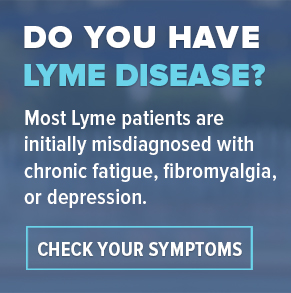
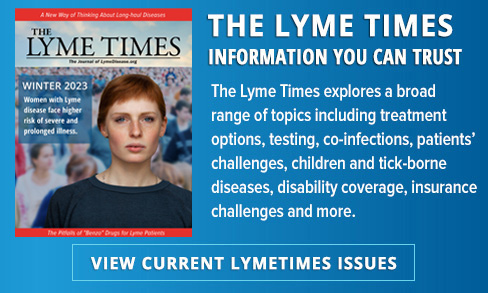


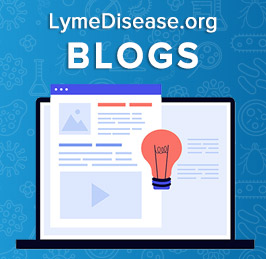

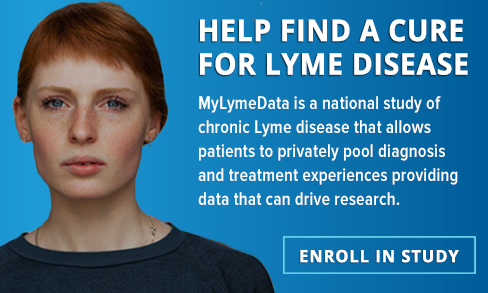
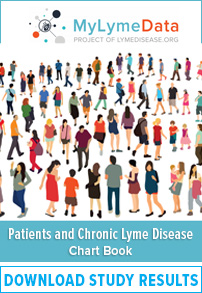
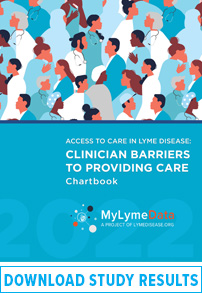




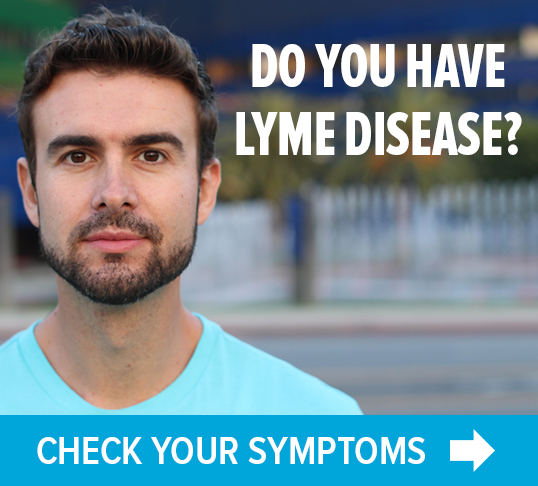




We invite you to comment on our Facebook page.
Visit LymeDisease.org Facebook Page